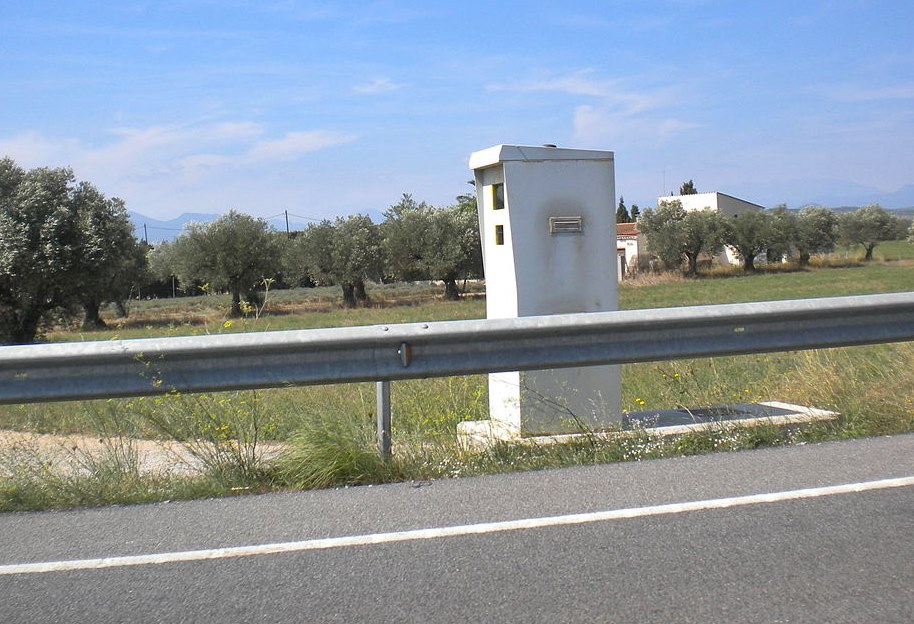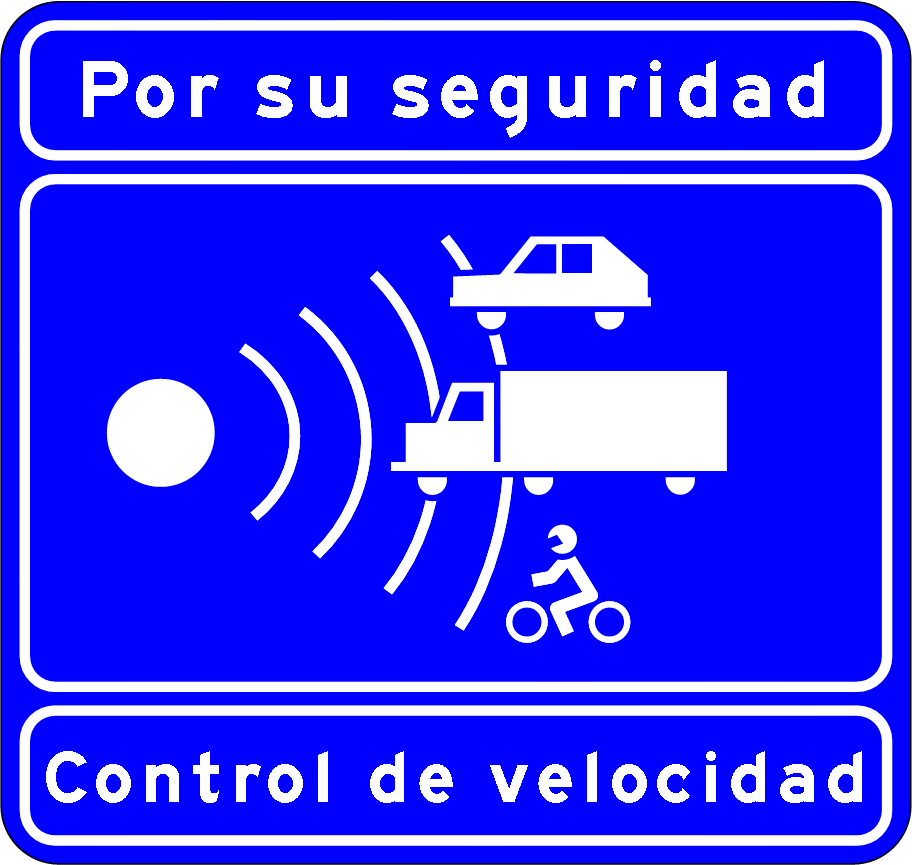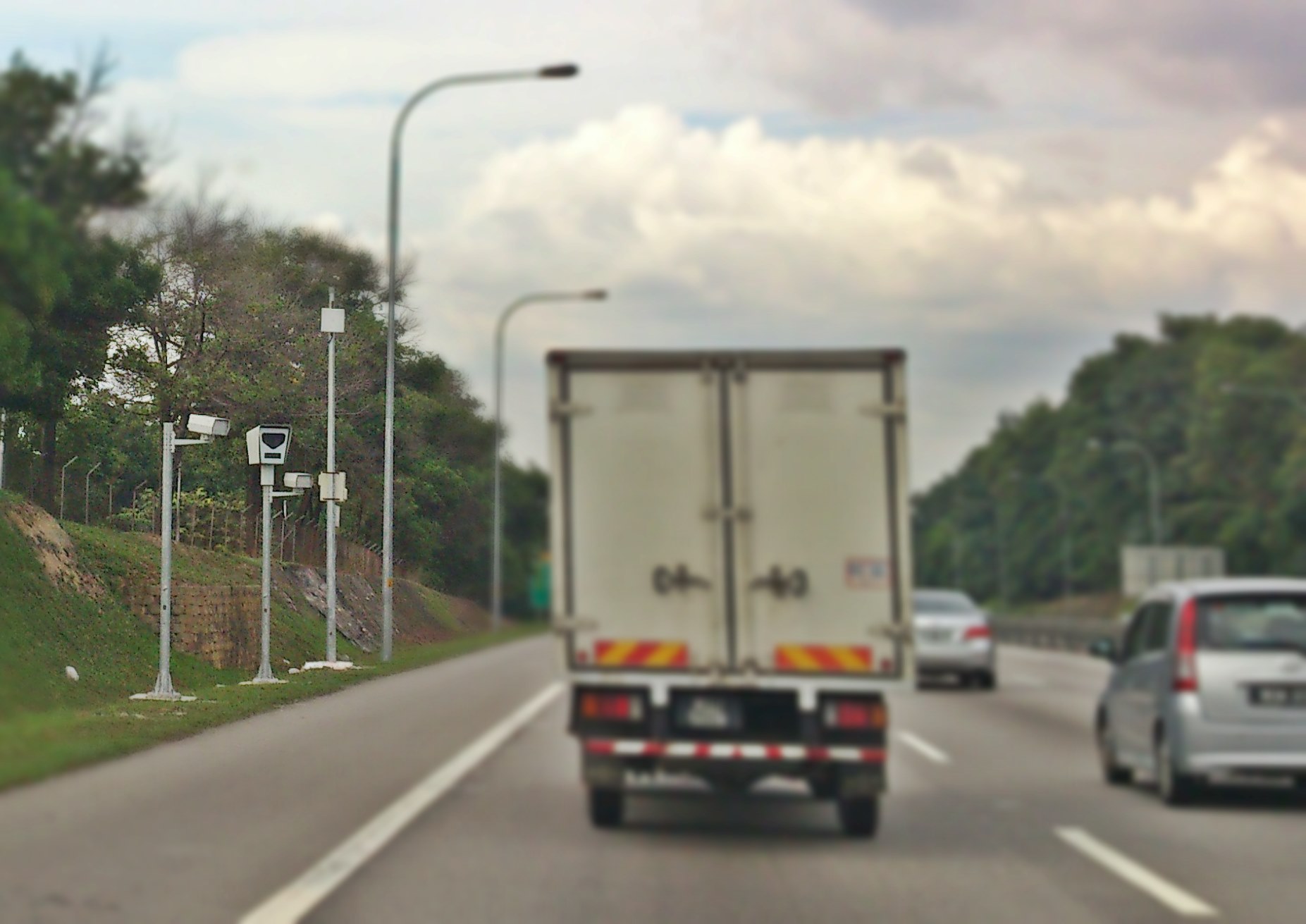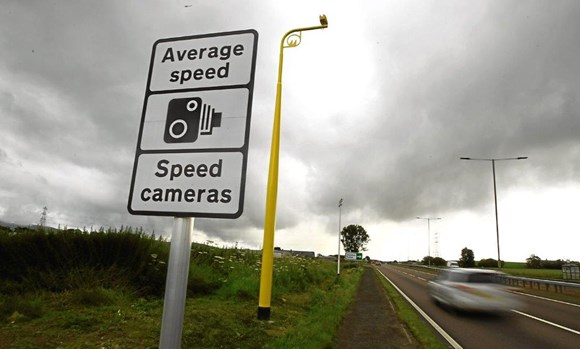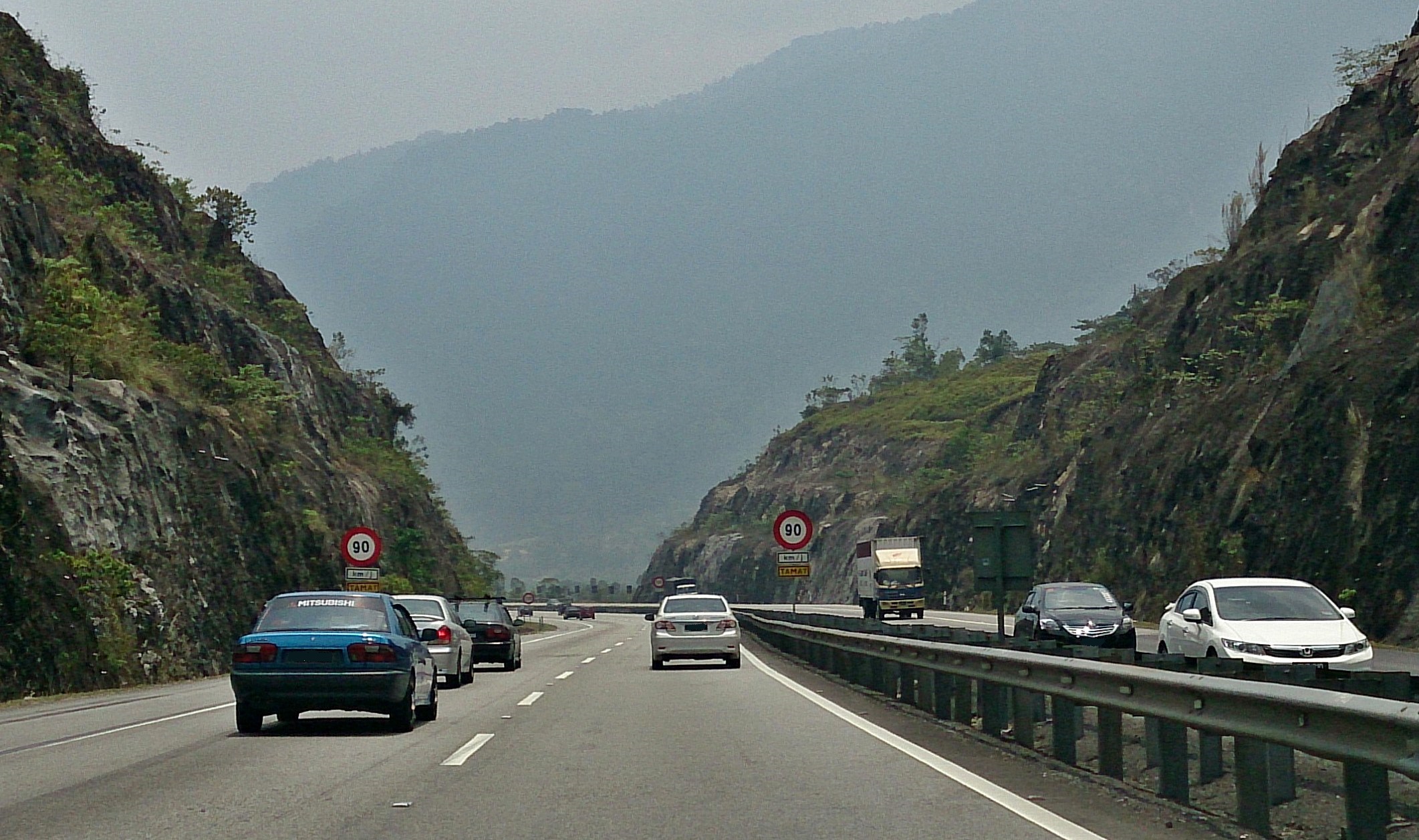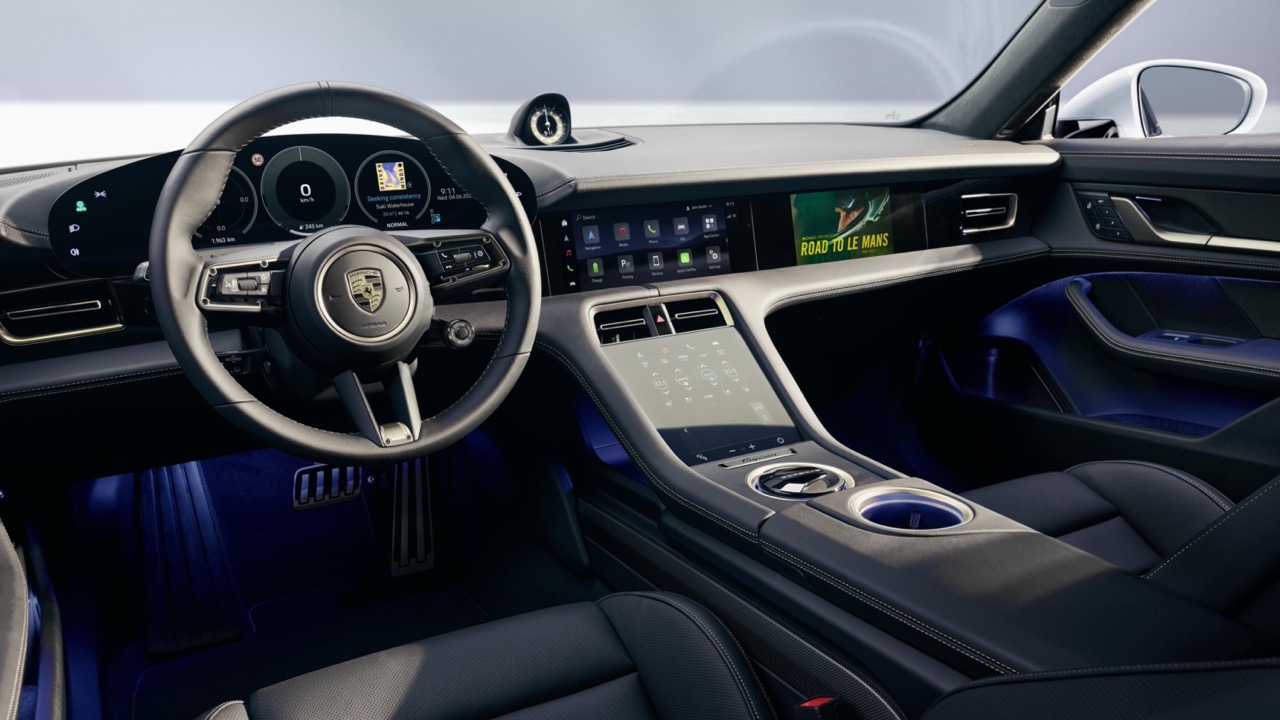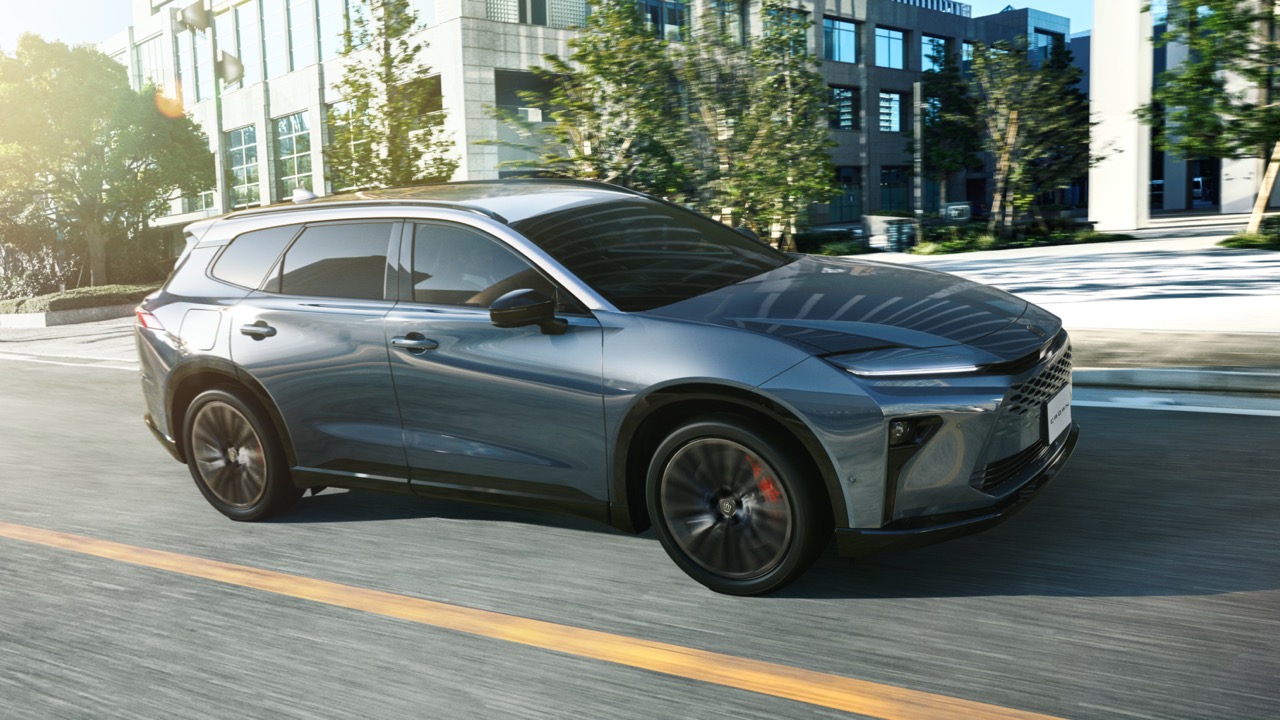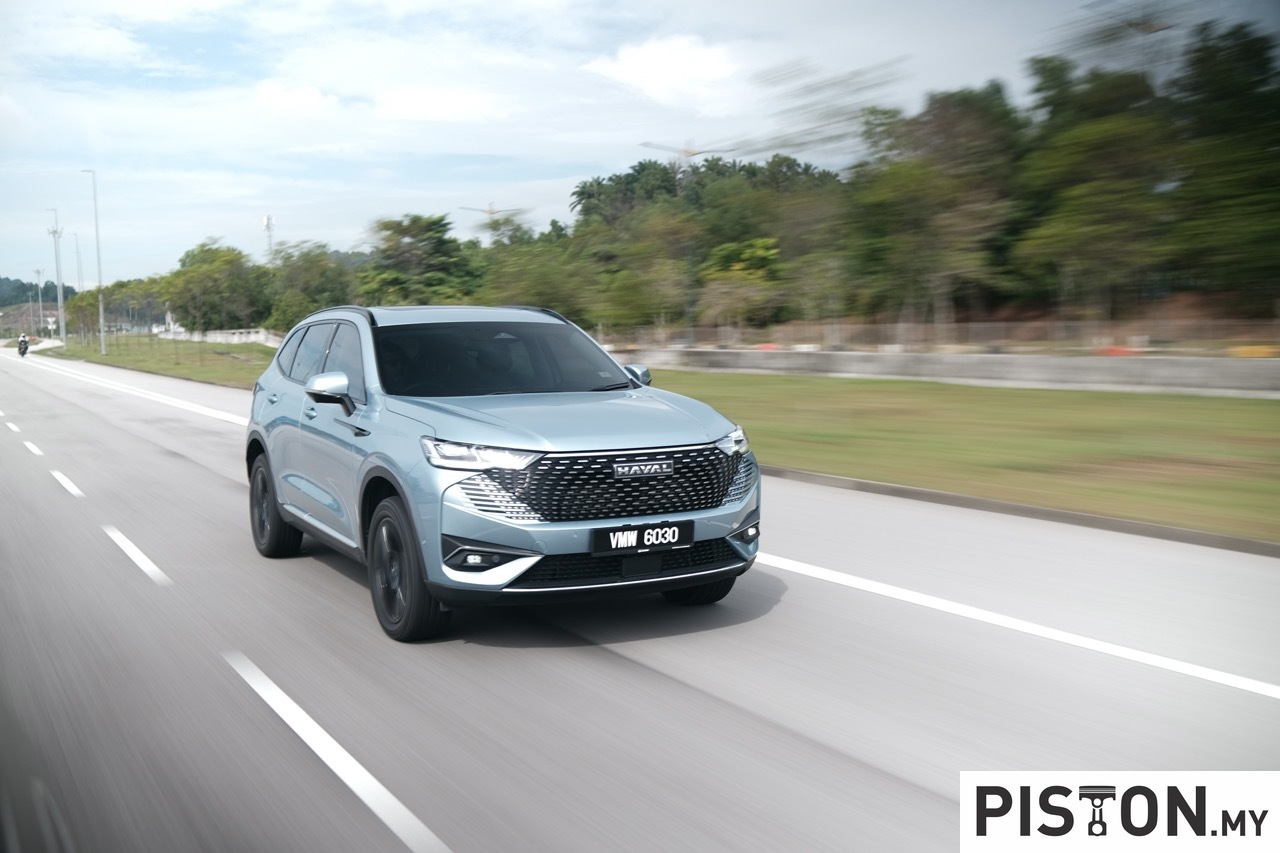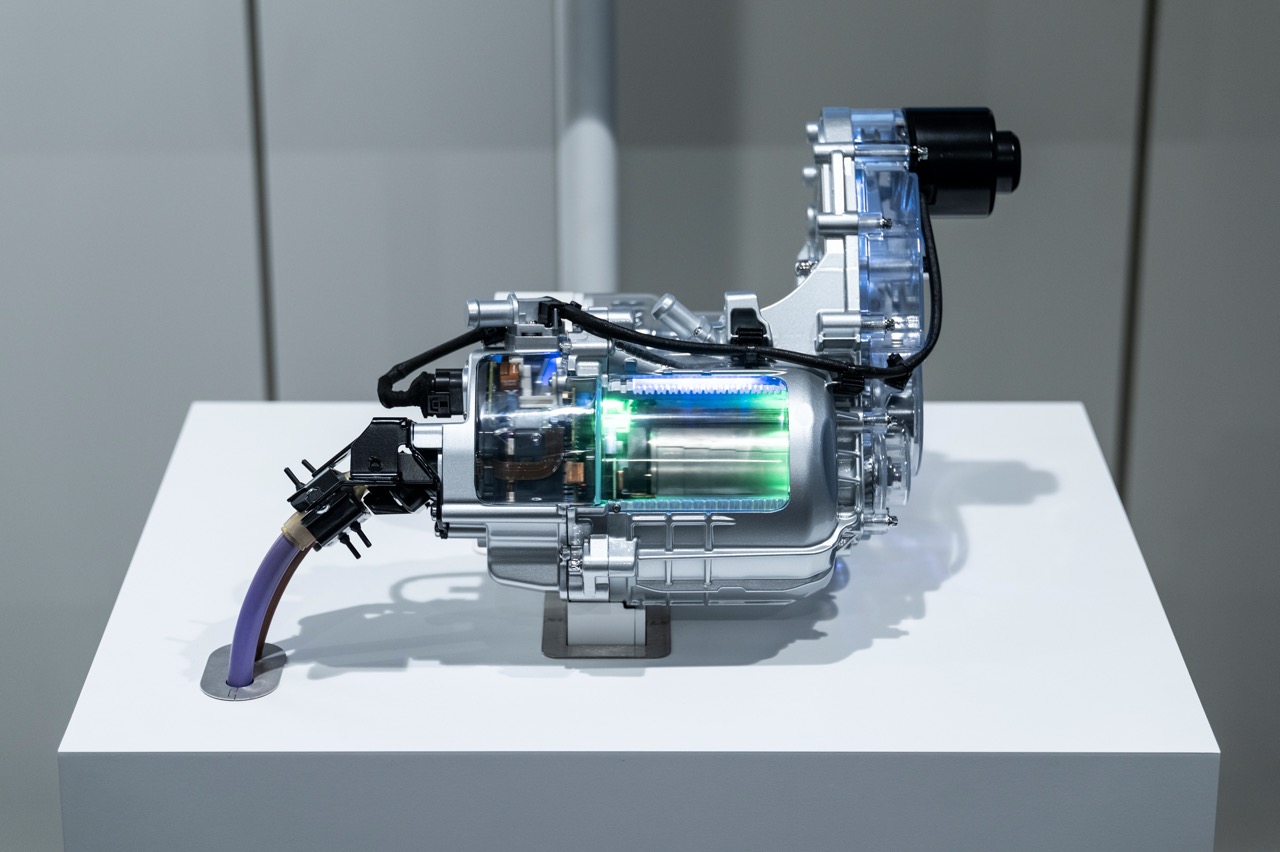Europe has many fine roads and long straight highways that are a joy for drivers and motorcyclists. However, because there are many who don’t motor responsibly, speed limits have to be set and law enforcement authorities constantly upgrade their speed detection and recording devices with new technologies to not only be more effective but also to defeat methods to fool the devices.
Motorists in many countries (even in Malaysia) have long used the tactic of decelerating quickly when approaching a spot known to have a speed trap so that the vehicle will pass by within the speed limit. They may have been going well above the limit but at that point, they become ‘obedient’… and then accelerate off after they pass. This naturally frustrates the cops and to detect this trick, police in Spain and Ireland have come up with devices that can determine the average speed of a vehicle along a specific stretch of highway and also detect sudden braking before the camera.
According to Simon Hancocks at VisorDown, who often attends media rides in Spain, there are different types of fixed and mobile speed cameras, and drones have even been spotted monitoring the mountain roads. Locals and regular riders are aware of many of the locations and will decelerate quickly or brake as they come within range of the cameras.
However, VisorDown has now learnt of a new type of speed camera being tested in some parts of Spain that is able to detect a vehicle suddenly slowing down before it reaches the camera. The system has 2 cameras set a short distance apart and are also used for average speed recording (between 2 designated points). The technology can detect sudden deceleration like braking, and it is believed that it can also catch those who speed up again!
The use of these new devices is part of the effort by the Spanish traffic authorities to cut the accident and death rate on their highways. But Hancock predicts that in time, people will learn to decelerate earlier – out of sight of the cameras – and not get caught. That’s what many do when approaching the AES cameras on our highways which also point in both directions.
Average speed cameras have been in use for many years now in Europe as well as Australia. They were developed when the authorities realized that motorists could be speeding well above the limits along stretches where there were no cameras, slowing down only when they came to a detection spot. Thus, by being able to determine the vehicle’s average speed, it would be possible to know if the driver had gone too fast.
Like the old VASCAR system which required a policeman to visually clock a vehicle passing between two pre-determined points and then getting a calculation by a computer in the car (this was in the 1970s), the average speed camera system works by measuring the amount of time it takes a vehicle to travel between two points and then calculates the average speed. If the average speed is above the speed limit, an offence is deemed to be committed. In NSW, Australia, the basis of the offence being detected is that the average speed being higher than the limit ‘demonstrate a continued intention to speed’.
The two cameras required by the system capture images of vehicles and have Automatic Numberplate Recognition (ANPR) capability. They also have infrared illumination to work even at night. Some systems are able to not only determine average speed but also approach speed and departure speed; if all three are above limits, there could be three different fines!
In a perfect world, there would be no need for such devices and no need for speed limits. Motorists would be responsible and sensible enough to drive within their own limits as well as at speeds that are safe for the conditions. However, because there are too many who are not responsible – which is why accident statistics are high – speed limits and other measures have to be taken to prevent loss of lives. So do your part and drive responsibly to help bring the numbers down.




